2012 London Olympic Torch Route: Week 2 Sights

2012 Torch Run

The 2012 London Olympics torch run is underway! This symbol of the Olympic games has completed its first week of winding around the United Kingdom on its way to the Opening Ceremonies on July 27.
This week the torch continues its way around the Welsh countryside before heading back into England and ending the week in Liverpool, with plenty of amazing sights in between.
OurAmazingPlanet will be taking you on a sight-seeing journey along with the torch week-by-week until the beginning of the Games of the XXX Olympiad, which runs from July 27 through Aug. 12, 2012. Here, we begin with week one. Make sure to come back to see where the torch goes next!
(See sights along the torch route from last week.)
Burry Port Days 7 & 8
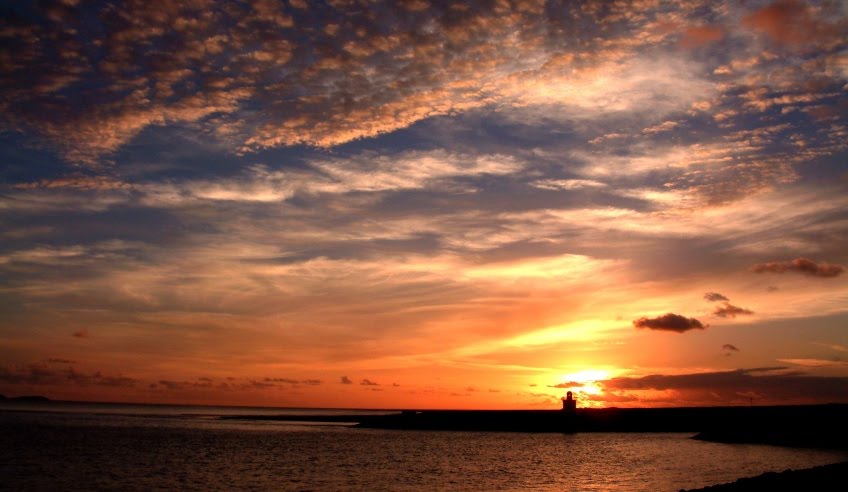
As the torch leaves Cardiff on May 26, it will wind its way through the Welsh countryside toward Swansea, the second most populous city in Wales.
Swansea Castle, built in the 12th century, is one of the sites in the city. Nearby, the beaches of the Gower Peninsular are renowned for their beauty.
Beyond the peninsula, the torch goes through the small town of Burry Port, which was a big part of a historic milestone: It was the spot where Amelia Earhart landed when she became the first woman to fly across the Atlantic Ocean on June 17, 1928.
Also running through the town is the Millennium Coastal Path, a walkway and bike path that runs along the south coast of Carmarthenshire and through the Millennium Coastal Park.
Pembrokeshire Coast National Park Day 8
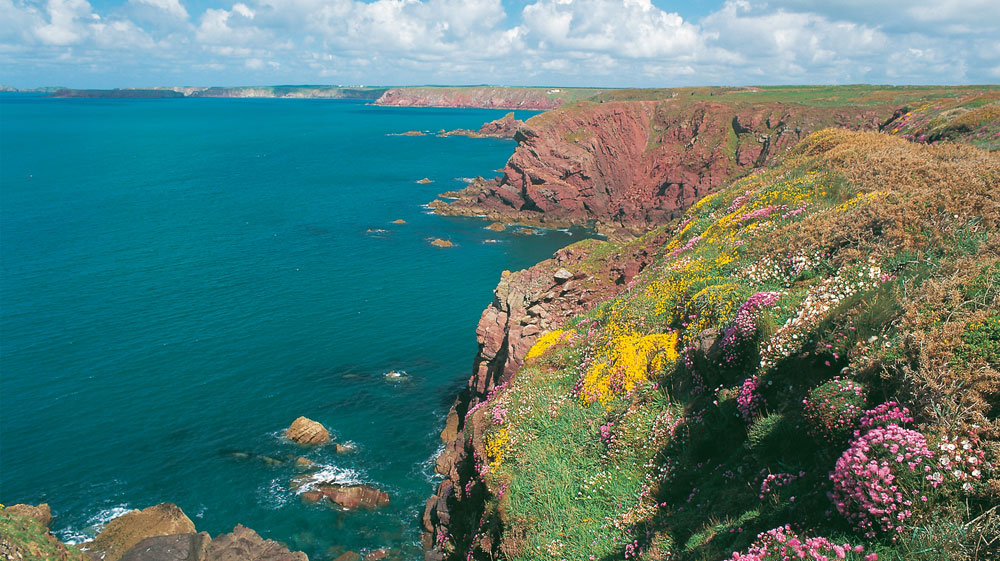
Sticking along the coast, the torch will pass through Pembrokeshire Coast National Park, one of three national parks in Wales.
The park is particularly known for its spectacular coastal views, but it covers a diverse landscape across its 232.5 square miles (602 square kilometers), including sandy beaches, rugged cliffs and islands, quiet wooded estuary and hill country. The coastline of the park is about 260 miles (420 km) long, and nowhere in the park is more than 10 miles (16 km) from the sea.
The park has a coastal path that winds for 186 miles (300 km), with plenty of ocean views.
The park boasts a high diversity of wildlife, with gannets, choughs and other rare or vulnerable species of birds. Common porpoise, dolphins, sunfish and even basking sharks can sometimes be spotted off parts of the coast.
The park also hosts historic sites, such as Castell Henllys, a reconstructed Iron Age hill fort, and supports nine important archaeological sites.
Snowdonia National Park and Mount Snowdon Day 9

When the torch passes through Snowdonia (Eryri in Welsh), it will pass through an area of majestic mountains, including Mount Snowdon (Yr Wyddfa in Welsh), the highest mountain in England and Wales at 3,560 feet (1,085 meters) tall.
Snowdonia National Park covers some 823 square miles (2,132 square kilometers), with nine mountain ranges covering more than half of the park. It has a varied landscape of steep river gorges, waterfalls, passes and green valleys. More than one hundred lakes over an acre in size dot the landscape.
Fossil shell fragments on the summit of Mount Snowdon lay testament to the land's origin at the bottom of the sea. Tectonic forces later uplifted the terrain, and later still, glaciers scoured the land, giving it its jagged character.
The varied landscape also hosts a variety of wildlife, including the Snowdon Lily and the rainbow beetle, found only on Snowdon.
The park hosts a network of paths that suit a range of degrees of difficulty, from mountain walks to circular paths on flat land.
Chester Days 10 & 11
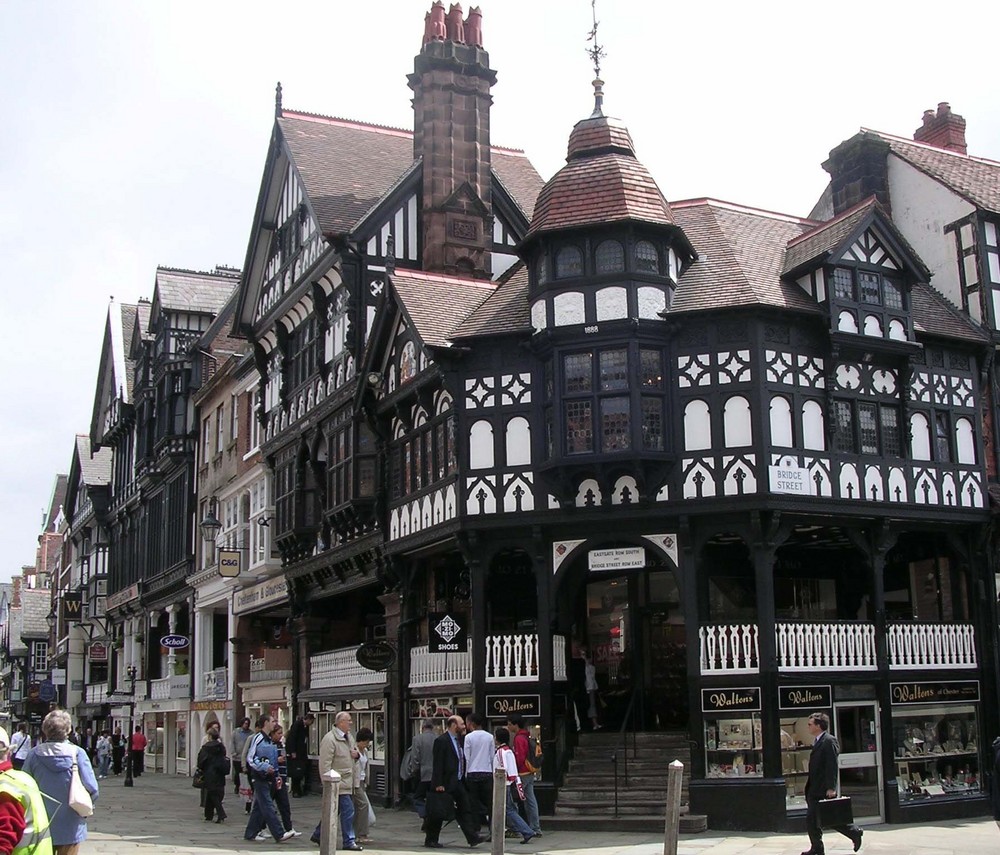
Chester, a city in Cheshire, England, along the River Dee and just across the border from Wales, was originally a Roman fort and was the last city in England to fall to William the Conqueror's army.
One of the city's most famous sites is its covered walkways, called the Rows, that exist at the first floor of many old buildings and are something like a street of shops above the actual street. They are unique to the city.
The city is also renowned for the black-and-white medieval architecture that survives there.
Powis Castle Day 11
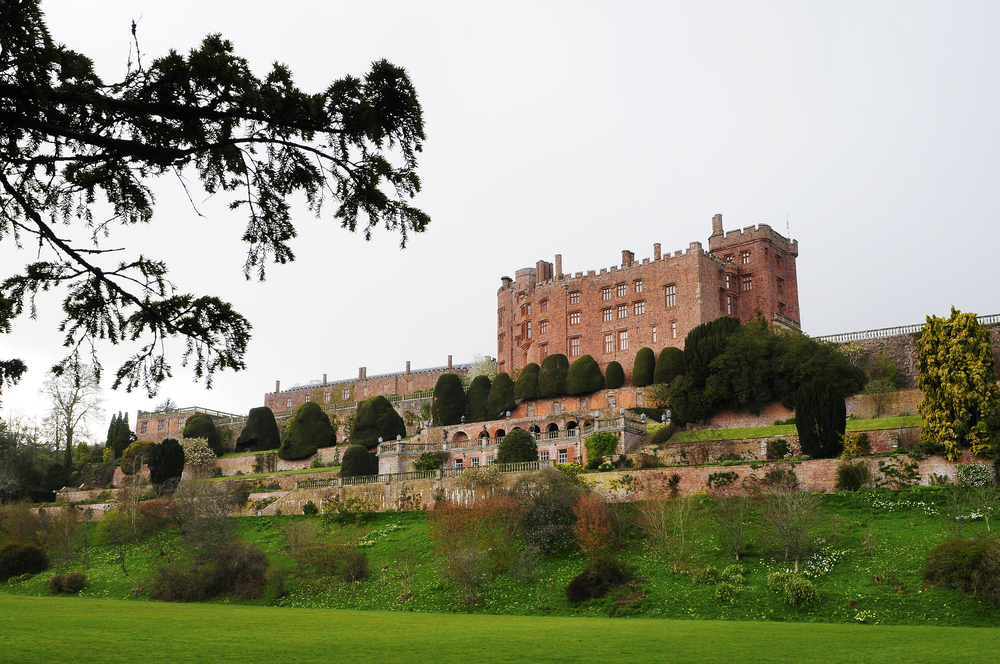
This medieval castle and fortress originally built around 1200 is located near the town of Welshpool, Wales, where the torch will through on the 11th day of the relay.
The castle was originally built for the Welsh princes of Powys, but in 1587 it was sold to Sir Edward Herbert, the second son of the Earl of Pembroke. The interior of the structure began to be remodeled in the 1660s in the Baroque style. In the early 20th century, much of the castle was again remodeled in the Jacobean style. All of these influences can still be seen in different parts of the castle, which is open most days from 12 pm to 5 pm.
Visitors can also wander through the 26-acre (10.5-hectare) gardens, one of the few Baroque gardens to survive since the 1680s. A 30-foot-high yew topiary in the garden is almost 300 years old. From the terraces in the garden are stunning views of the estate's parkland, surrounding villages and distant hills.
Much Wenlock Day 11

The small English town of Much Wenlock has the distinction of lending its name to one of the mascots of the 2012 London Olympics, Wenlock.
The town was the site of a precursor to and inspiration for the modern Olympic Games called the Wenlock Olympic Games, first held in 1850 and which are still held annually. They were started by William Penny Brookes, who was born in the town.
The town, located in Shropshire retains some of its "black and white" medieval architecture and has been in existence for more than 700 years. The town grew around a monastery on the site of the Wenlock Priory, the ruins of which can be viewed, and became an official town in 1247, according to town records.
The town's Guildhall, built in the 16th century, is open to the public from April through October. The Much Wenlock museum shows the links between Brookes and the Olympics. The Olympian Trail is a self-guided tour around the town that also shows its historic Olympic roots.
Get the world’s most fascinating discoveries delivered straight to your inbox.
Formby Day 14
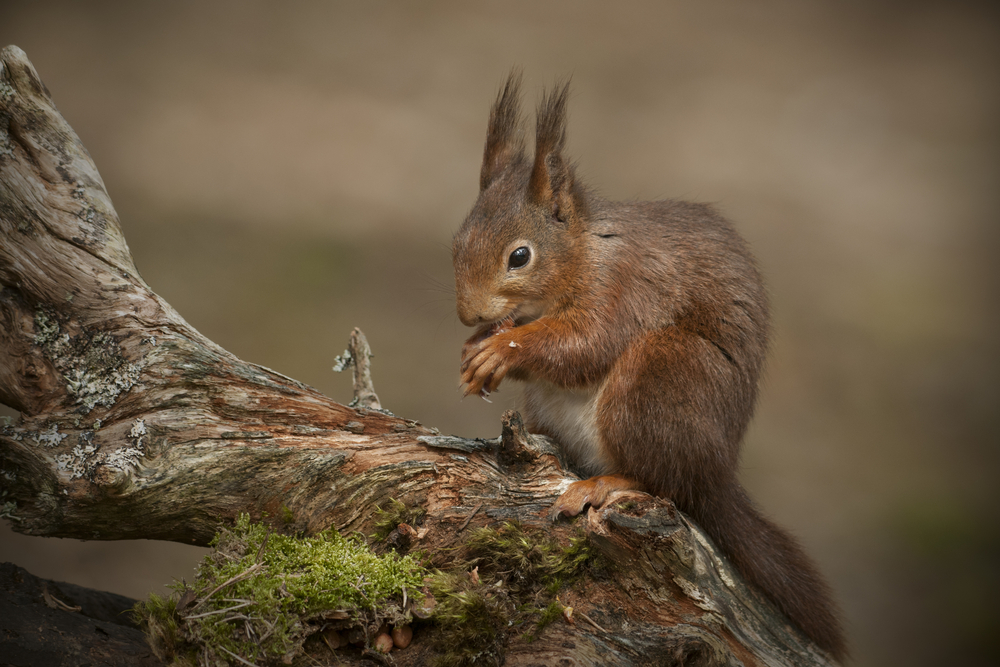
The town of Formby in Merseyside, England, likes on the coast of the Irish Sea.
The picturesque coast and beautiful sand dunes are a popular tourist draw, as are the wildlife of the area, particularly red squirrels and Natterjack toads.
In 2008, squirrel pox devastated the red squirrel population and about 80 percent of it was lost, but since then, they have been making a steady recovery. They can be viewed around a Red Squirrel Walk where feeders are set up. Morning is the best time to see them and wildlife watchers must be quiet and patient to see them.
There are also tours that look for prehistoric footprints in the sands.
Liverpool Maritime Mercantile City Day 14
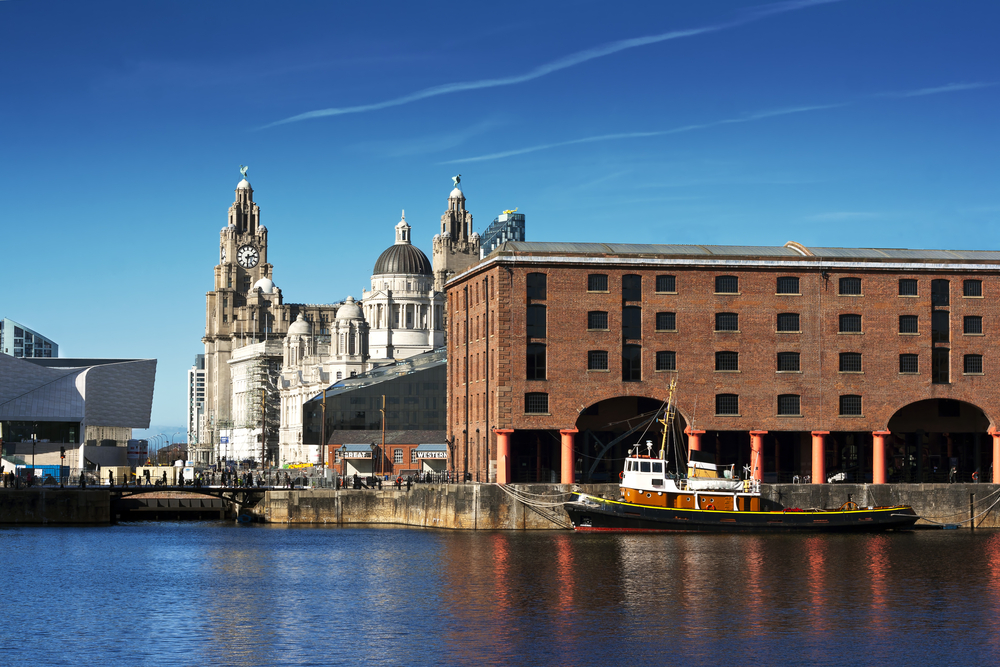
The torch run finishes the week out in the port city of Liverpool, parts of which are listed as a UNESCO cultural World Heritage Site.
The six historic sites in Liverpool Albert Dock, the Pier Head, Stanley Dock, Castle Street, William Brown Street and Duke Street received the distinction in 2004 and were called, "The supreme example of a commercial port at the time of Britain's greatest global influence."
The city was instrumental in transforming dock technology and in the growth of the British Empire.
The sites are a substantial part of the city's historic waterfront and docks. A World Heritage Trail takes visitors around the sites.



